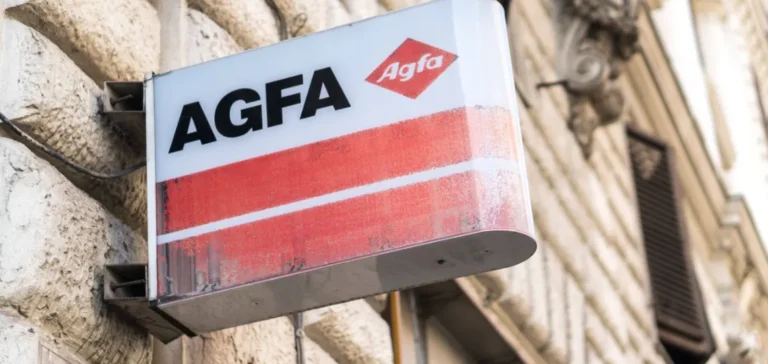Belgian group Agfa has inaugurated a new plant dedicated to the production of membranes for alkaline electrolyzers, marking a significant step in its industrial expansion strategy. The facility, located in Mortsel, is designed to manufacture ZIRFON membranes used in green hydrogen production via water electrolysis.
A project supported by targeted public funding
The development of this facility is backed by €11mn ($11.76mn) in funding from the European Union’s Innovation Fund. This public support is aimed at fostering high-potential technological industrial projects in low-carbon sectors. The expanded production capacity will help meet growing demand in segments such as steel, chemical industries, heavy-duty transport, and large-scale energy storage.
The announcement was made during European Hydrogen Week, attended by Belgian Prime Minister Bart De Wever, European Commissioner for Climate Wopke Hoekstra, and representatives of the European Climate, Infrastructure and Environment Executive Agency (CINEA).
An industrial tool designed for global scaling
The plant is based on a modular design, allowing Agfa to adjust production according to market evolution. This industrial flexibility is intended to support the transition of green hydrogen from a niche market to full-scale commercial deployment. The site aims to support so-called GIGA-SCALES projects, involving electrolyzer installations of several hundred megawatts.
According to Agfa, this new infrastructure reinforces one of the company’s key transformation drivers. Local manufacturing of critical components for the hydrogen value chain could also help secure European supply as global demand rises.






















